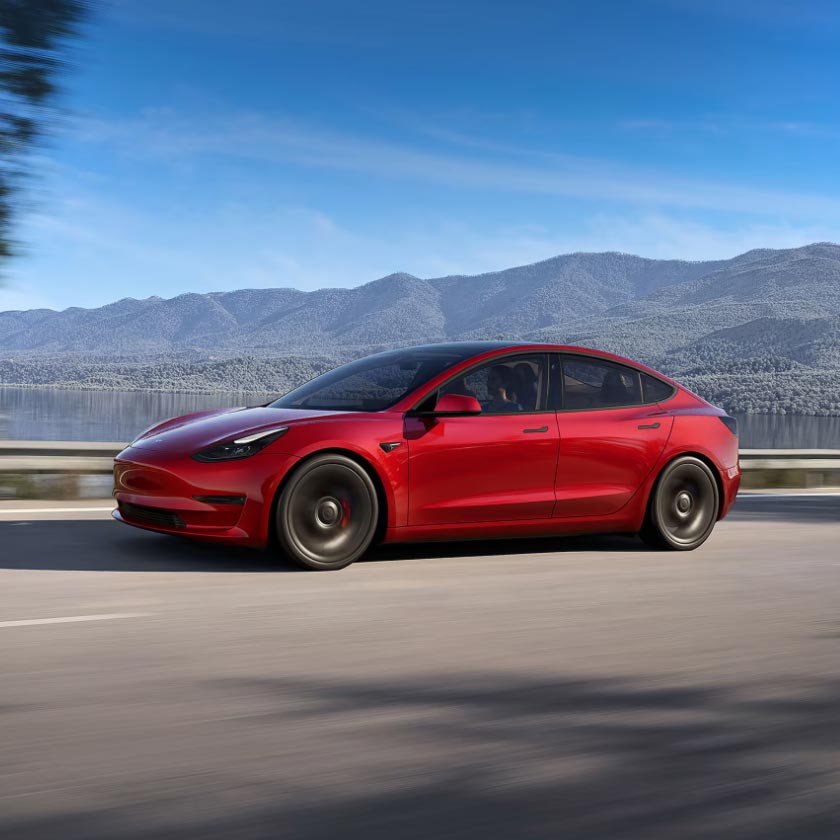Tesla enthusiast @davidhooperr conducted a test of his Model 3’s in-cabin cameras, which Elon Musk later confirmed would be used for the company’s Robotaxi fleet. Resident Tesla hacker @greentheonly explained some of the findings from @davidhooperr’s tests.
According to @greentheonly, not much is known about Tesla’s in-cabin camera, but @davidhooperr’s tests shed some light on the subject. First, it doesn’t seem like the in-cabin camera has a color filter, but it does have the same resolution as the other cameras of the Tesla Model 3.
The sensor is the same aptina as the rest of the cams. Color filter appears to be RCCB but debayering failed so far. Resolution is also same 1280x960
— green (@greentheonly) April 12, 2020
Besides driver pose eye tracking also seems to be possible at least to a degree@TeslaTap pic.twitter.com/uCZy0yETXd
“The sensor is the same patina as the rest of the cams. Color filter appears to be RCCB but debarring failed so far. Resolution is also same 1280x960. Besides driver prose eye tracking also seems to be possible at least to a degree,” said @greentheonly.
Based on the resident community hacker, the in-cabin camera may be capable of tracking a driver’s eyes, which might be crucial for the implementation of Tesla’s Full Self-Driving suite. Just recently, Elon Musk shared that a feature-complete FSD could reach functionality by the end of this year. However, when Tesla would receive regulatory approval for FSD was still unclear.
Regulatory bodies, like the NHTSA, still have a long way to go in understanding the complexities of autonomous vehicles and the rules they would need. For example, the subject of eye-tracking technology has been a topic of choice for autonomous vehicles in the past. Supporters of eye-tracking technology in self-driving cars think it is a necessary safety measure. Others argue that eye-tracking tech could be an invasion of privacy for car owners and their passengers.
rear passengers are even less visible pic.twitter.com/zeq0oK8zNQ
— green (@greentheonly) April 12, 2020
Besides the in-cabin camera’s possible eye-tracking capabilities, @davidhooperr also tested its visibility of the passengers. Based on @greentheonly’s observations, the front passenger was visible, but the dash and glovebox were not visible. Passengers in the back were less visible, except for the middle seat.
One person suggested that the in-cabin camera was for Tesla’s Robotaxi fleet rather than the company’s Full Self-Driving suite. “This is most likely for Robotaxis, if they vandalize your car, it’s on camera and they’ll pay for the damage and possibly get charged criminally,” replied @MartyTee2 to Green’s tweet.
It’s not turned on. Meant for vandalism monitoring in a robotaxi future. Also, the car has transparent windows, so spying has limited value.
Correct
— Elon Musk (@elonmusk) April 12, 2020
Elon Musk has since confirmed that @MartyTee2’s theory was correct. His reply also revealed how far Tesla has prepared for the release of its Robotaxi fleet. The in-cabin camera has already been placed in most—if not all—Tesla vehicles with the Robotaxi fleet in mind.
Musk revealed that the cameras aren’t active, but could probably be remotely turned don once Tesla’s Robotaxi initiative gets the green light. As such, most Tesla owners can immediately add their vehicles to the Robotaxi fleet.
It’s not turned on. Meant for vandalism monitoring in a robotaxi future. Also, the car has transparent windows, so spying has limited value.
— Elon Musk (@elonmusk) April 12, 2020
Featured Image Credit: @davidhooperr/Twitter and @greentheonly/Twitter
Follow @PurplePanda88About the Author
Ma. Claribelle Deveza
Longtime writer and news/book editor. Writing about Tesla allows me to contribute something good to the world, while doing something I love.








